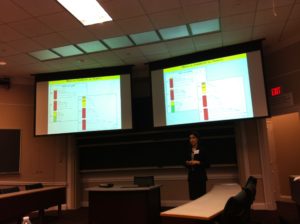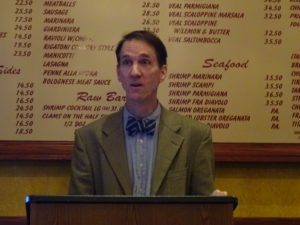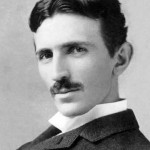 Nikola Tesla was born 160 years ago at midnight of July 9th/10th. His father was a Serbian cleric; his mother the daughter and sister of Serbian clerics. In a portent of his future, Tesla came to this Earth during a lightning storm – “a child of the light” – in the little town of Smiljan, then part of the Austrian empire in what is now Croatia. This year’s birthday celebration will be held in Serbia, along with Montenegro and Croatia.
Nikola Tesla was born 160 years ago at midnight of July 9th/10th. His father was a Serbian cleric; his mother the daughter and sister of Serbian clerics. In a portent of his future, Tesla came to this Earth during a lightning storm – “a child of the light” – in the little town of Smiljan, then part of the Austrian empire in what is now Croatia. This year’s birthday celebration will be held in Serbia, along with Montenegro and Croatia.
After a day in Amsterdam, Serbian Airlines will swoop us into Nikola Tesla Airport in Serbia’s capital, Belgrade. First stop is the Tesla Museum, which will be launching a virtual reality exhibition the day of my arrival. I’m looking forward to a personal tour by the new Director, Dr. Branimir Jovanovic. An updated permanent exhibit will open the next day. Also part of the Tesla celebration are an art exhibit, a conference, and an evening gala, at which an award is waiting for me in recognition of the fantastic distribution of Tesla: The Wizard of Electricity. I plan to donate a copy to Dr. Jovanovi at the Museum on my arrival.
Of course, I’ll also be visiting with HRH Prince Alexander and HRH Princess Katherine of Serbia during an evening reception at the Royal Palace. When not dining with royalty I’ll be doing a walking tour of Belgrade and a day tour into the interior of Serbia, complete with castles, monasteries, and wineries.
Then it’s time to hop on Montenegro Airlines to Sveti Stefan for some of the best beaches on the Adriatic Sea on the coast of Montenegro. Over a few days we’ll see the historical capital of Cetinje, the National Park of Loveen, and the Fortress of Kotor.
From there it’s up the coast to Dubrovnik in Croatia where the plan is to spend a day on a yacht enjoying the coastline. Another day will be on foot, exploring the famed walls surrounding the city. From here we fly Croatia Airlines (have to get all three airlines into the itinerary) to Frankfurt, where we’ll explore the old city for a day before heading back home (on a fourth airline).
Watch this space for plenty of great photos of Nikola Tesla’s heritage homelands.
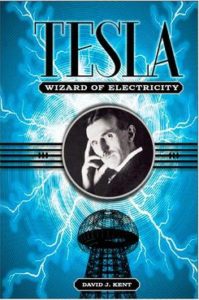
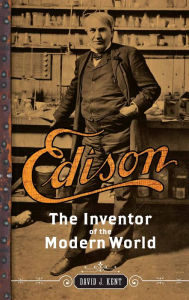
David J. Kent has been a scientist for thirty-five years, is an avid science traveler, and an independent Abraham Lincoln historian. He is the author of Tesla: The Wizard of Electricity and two e-books: Nikola Tesla: Renewable Energy Ahead of Its Time and Abraham Lincoln and Nikola Tesla: Connected by Fate. His book on Thomas Edison is due in Barnes and Noble stores in July 2016.
Follow me by subscribing by email on the home page. And feel free to “Like” my Facebook author’s page and connect on LinkedIn. Share with your friends using the buttons below.



 Ripley’s has become synonymous with oddities-based attractions, and you’ll find a bunch of them in Myrtle Beach, South Carolina (including Ripley’s Believe It or Not!, Haunted Adventure, Moving Theater, and Marvelous Mirror Maze). But Ripley’s has also gotten into the aquarium business. Enter the glidepath at
Ripley’s has become synonymous with oddities-based attractions, and you’ll find a bunch of them in Myrtle Beach, South Carolina (including Ripley’s Believe It or Not!, Haunted Adventure, Moving Theater, and Marvelous Mirror Maze). But Ripley’s has also gotten into the aquarium business. Enter the glidepath at 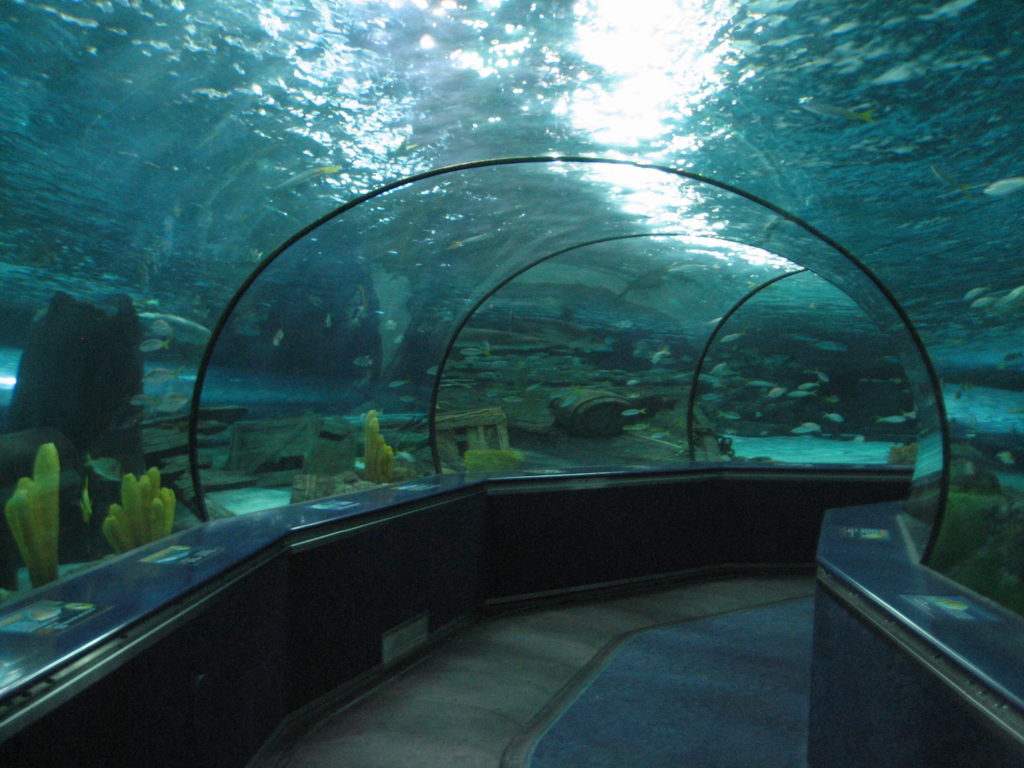
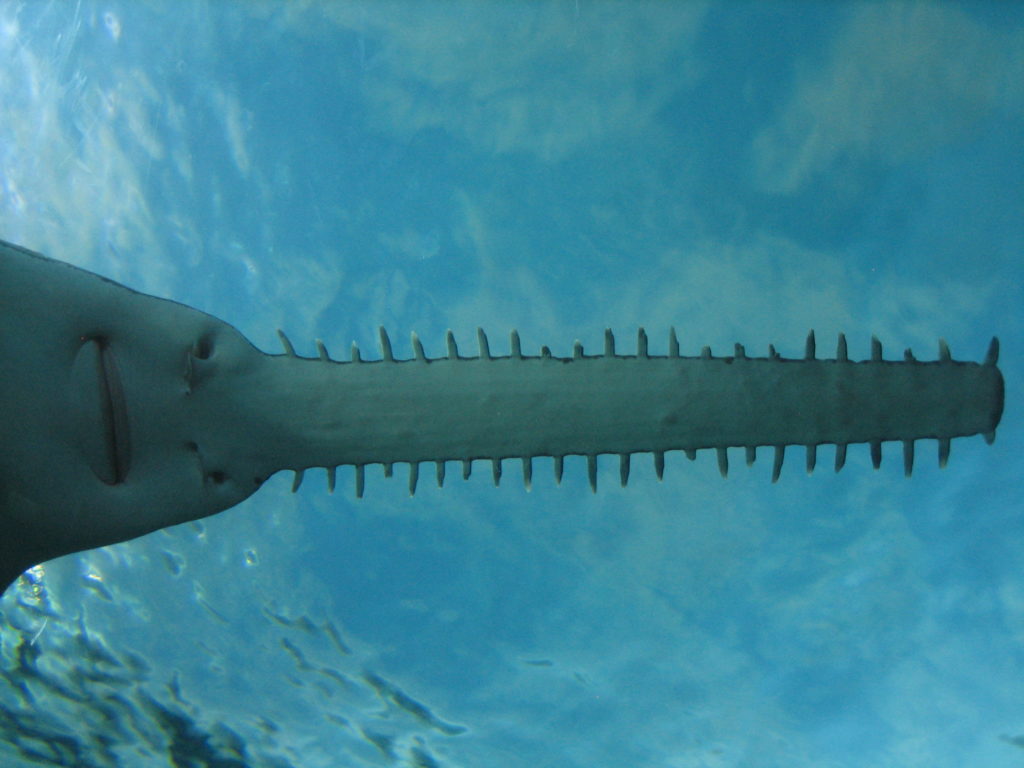
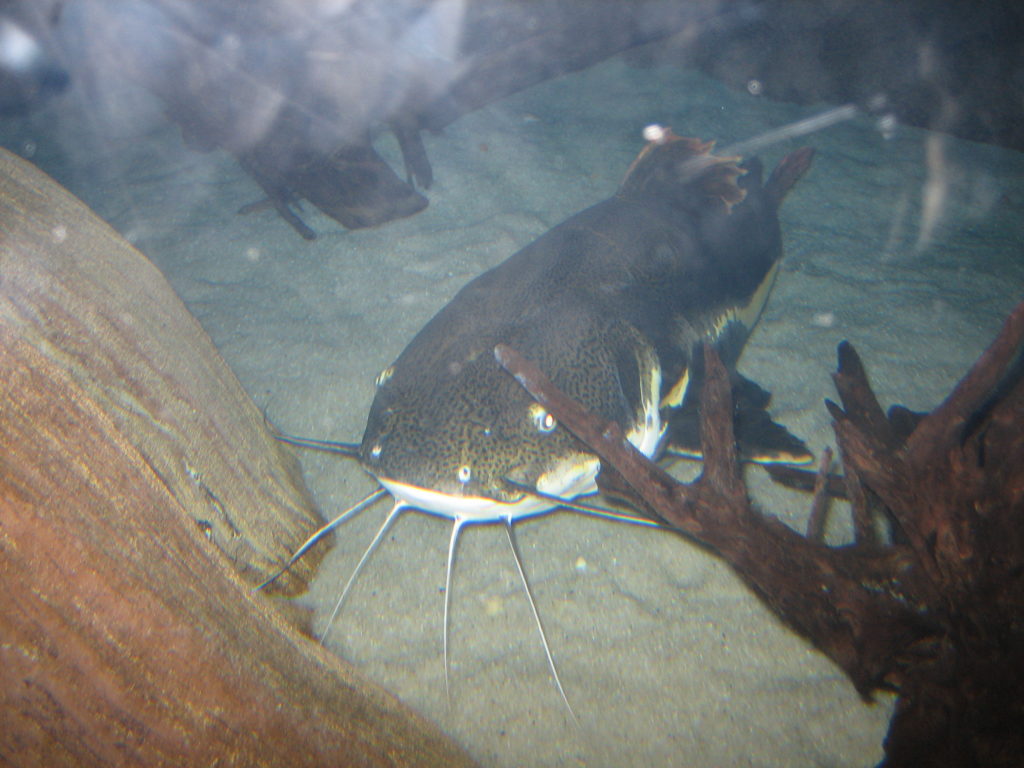
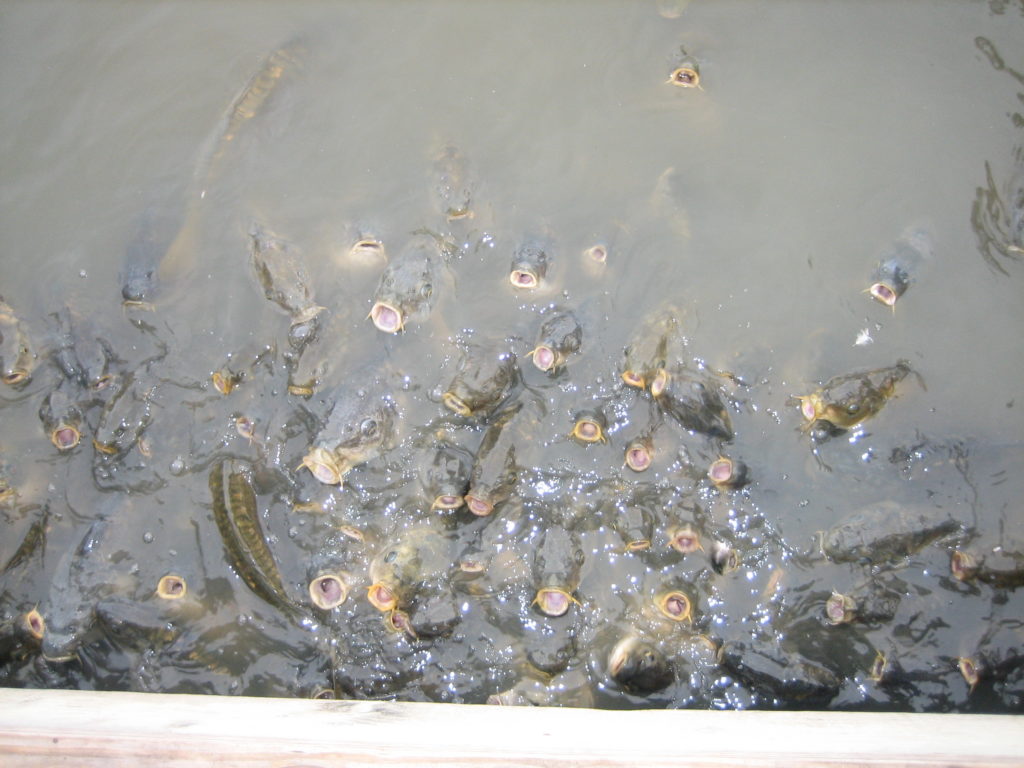
 As the current day political conventions get ready to officially name Hillary Clinton and Donald Trump as the Democratic and Republican nominees, it brings us back to when a relatively unknown Abraham Lincoln unexpectedly gained the nomination – and won the election – of 1860.
As the current day political conventions get ready to officially name Hillary Clinton and Donald Trump as the Democratic and Republican nominees, it brings us back to when a relatively unknown Abraham Lincoln unexpectedly gained the nomination – and won the election – of 1860.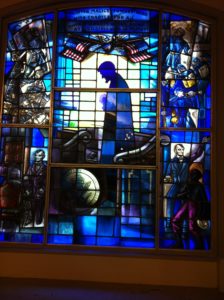
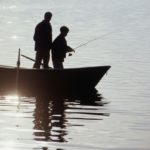 Hot White Snow
Hot White Snow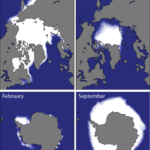 The Dake Page
The Dake Page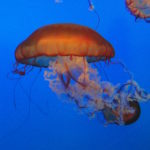 Of course, here on
Of course, here on 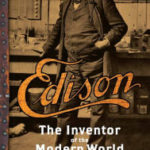 But wait, there’s more. I also received my first advance copy of
But wait, there’s more. I also received my first advance copy of 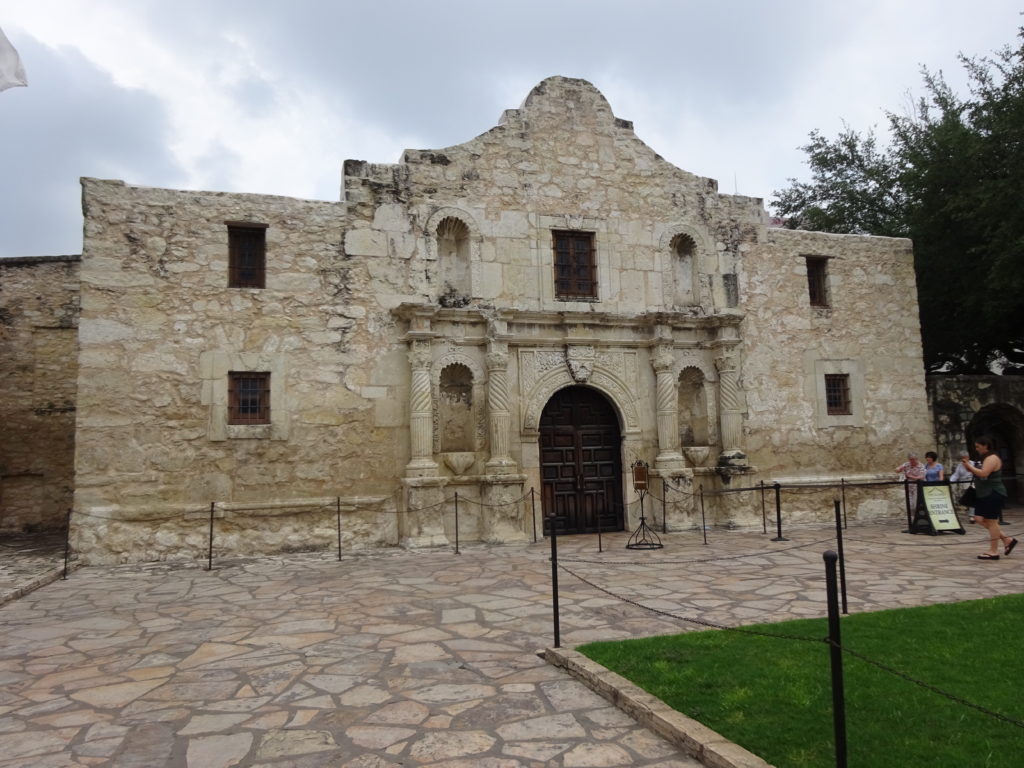
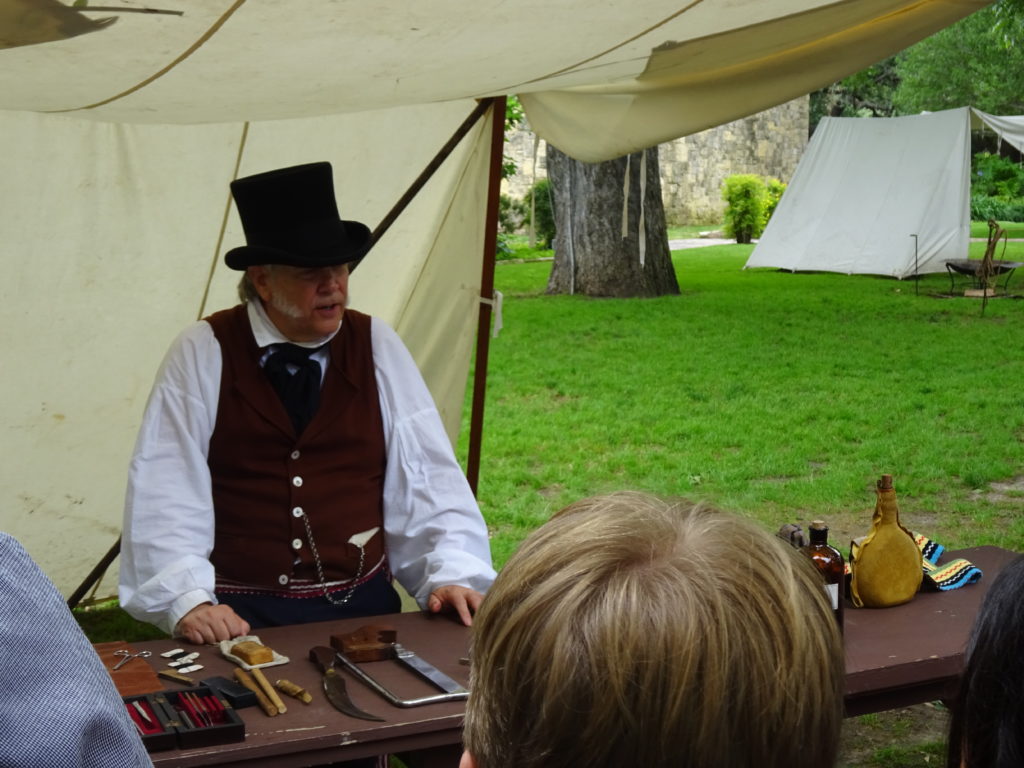 The good doctor regaled us with stories of the medical practices of the day. You can see the hacksaw on the table used for amputations. There are also leeches for bloodletting, stiff brandy for medicinal painkilling, and a variety of other instruments that range from precursors of today’s instruments to objects that seemed more appropriate for the Marquis de Sade.
The good doctor regaled us with stories of the medical practices of the day. You can see the hacksaw on the table used for amputations. There are also leeches for bloodletting, stiff brandy for medicinal painkilling, and a variety of other instruments that range from precursors of today’s instruments to objects that seemed more appropriate for the Marquis de Sade.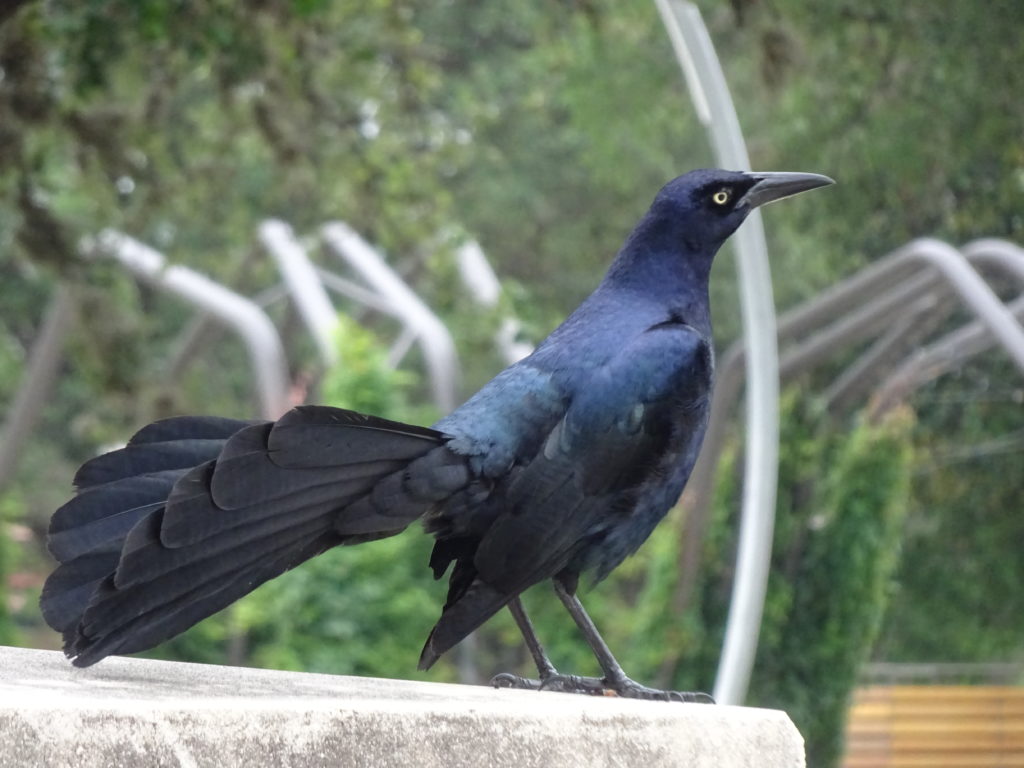

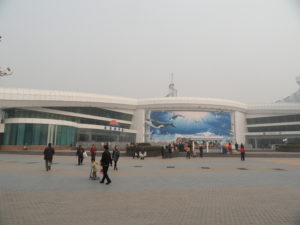
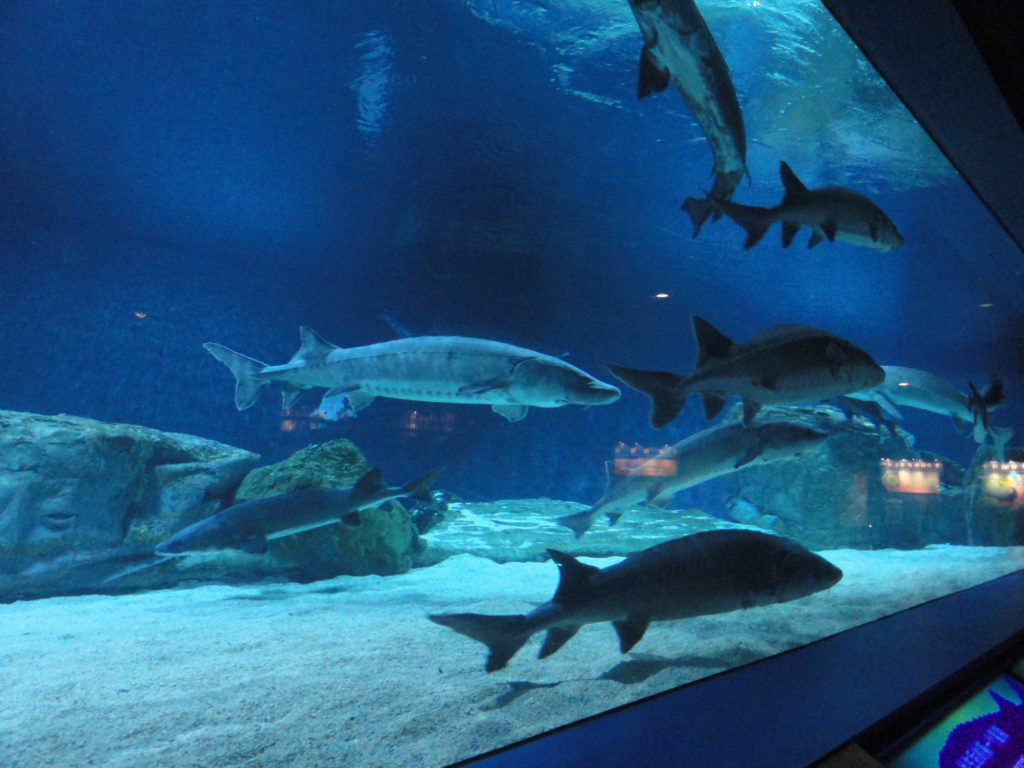


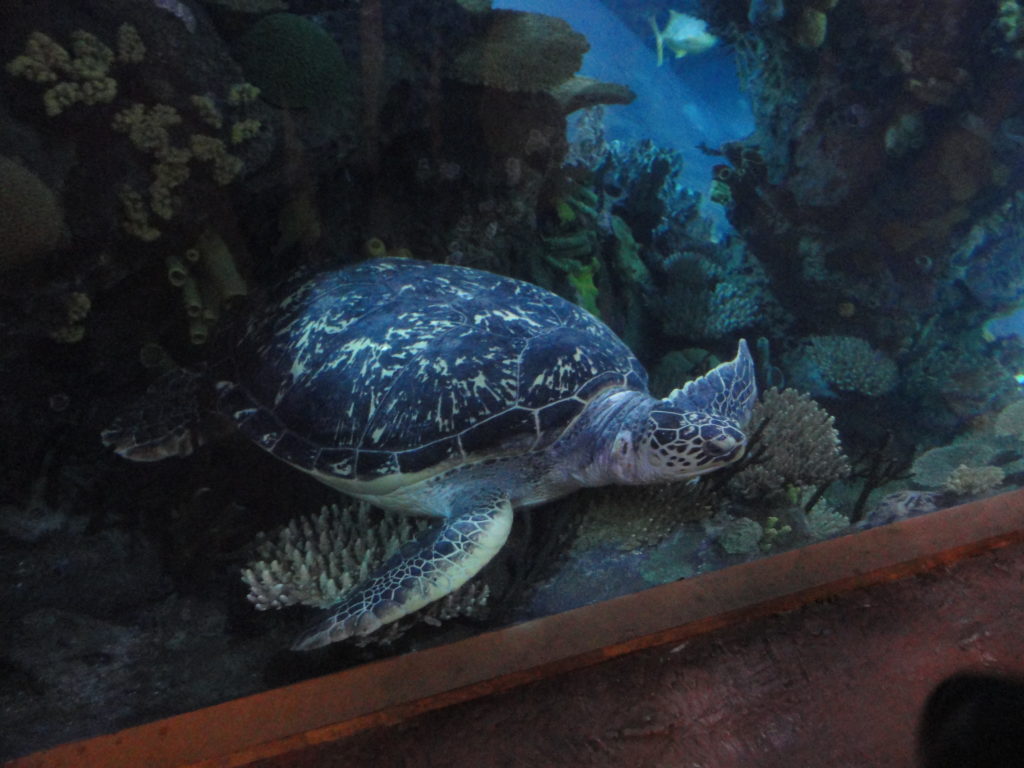

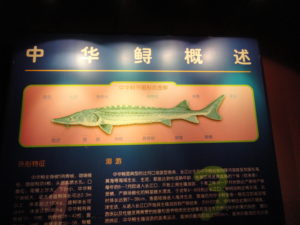

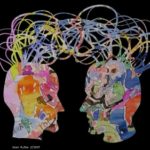
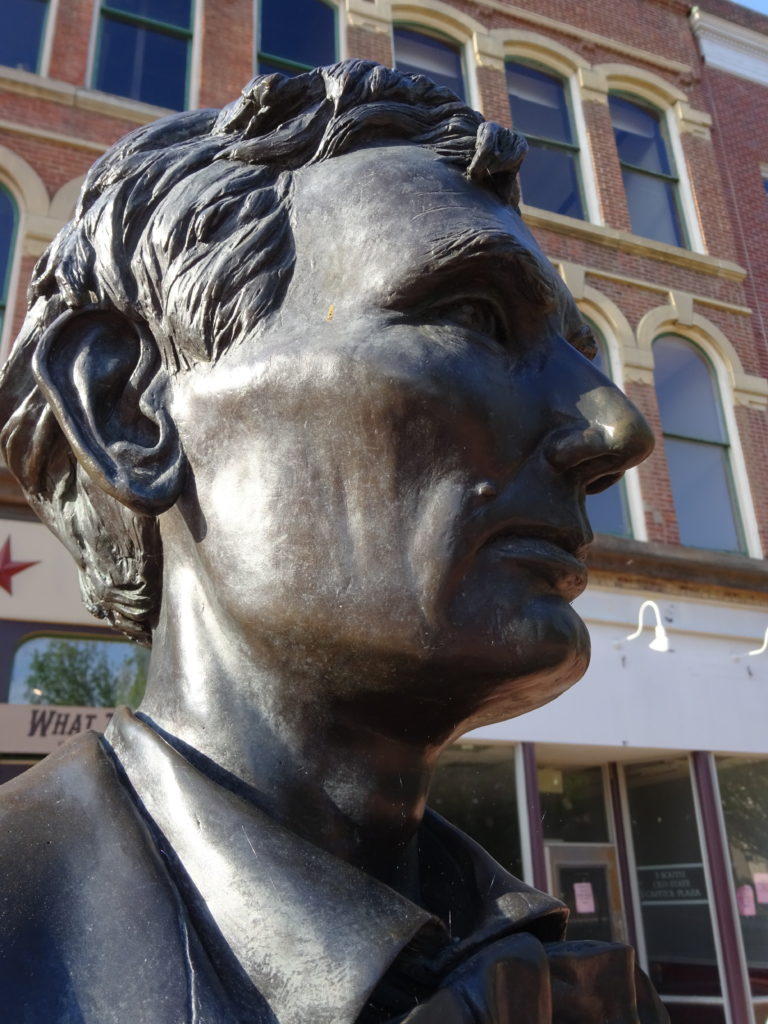
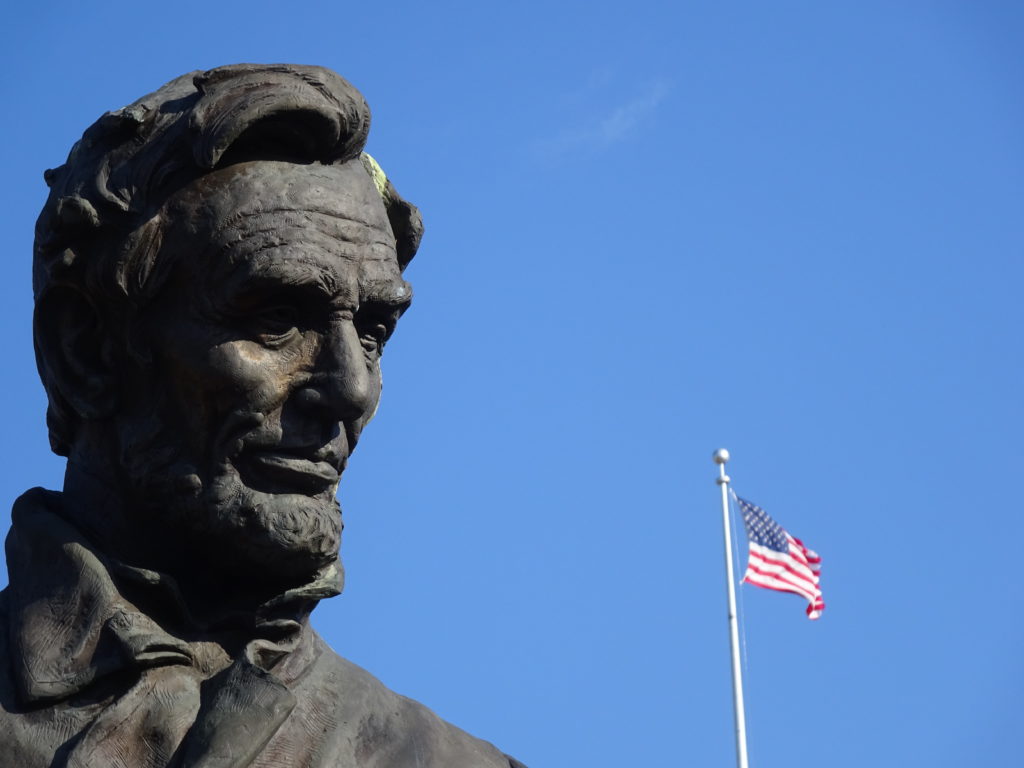
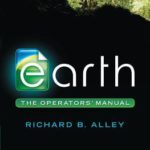 For Earth Day –
For Earth Day – 
